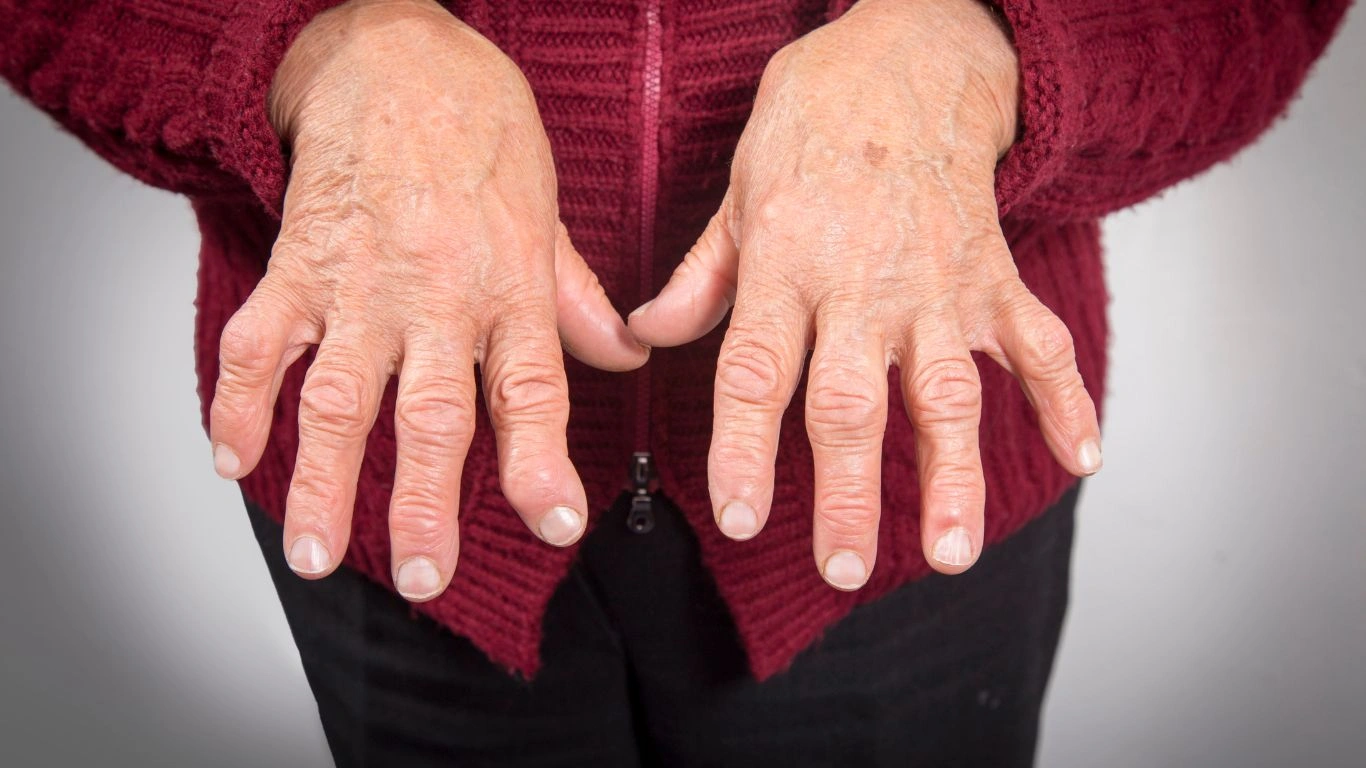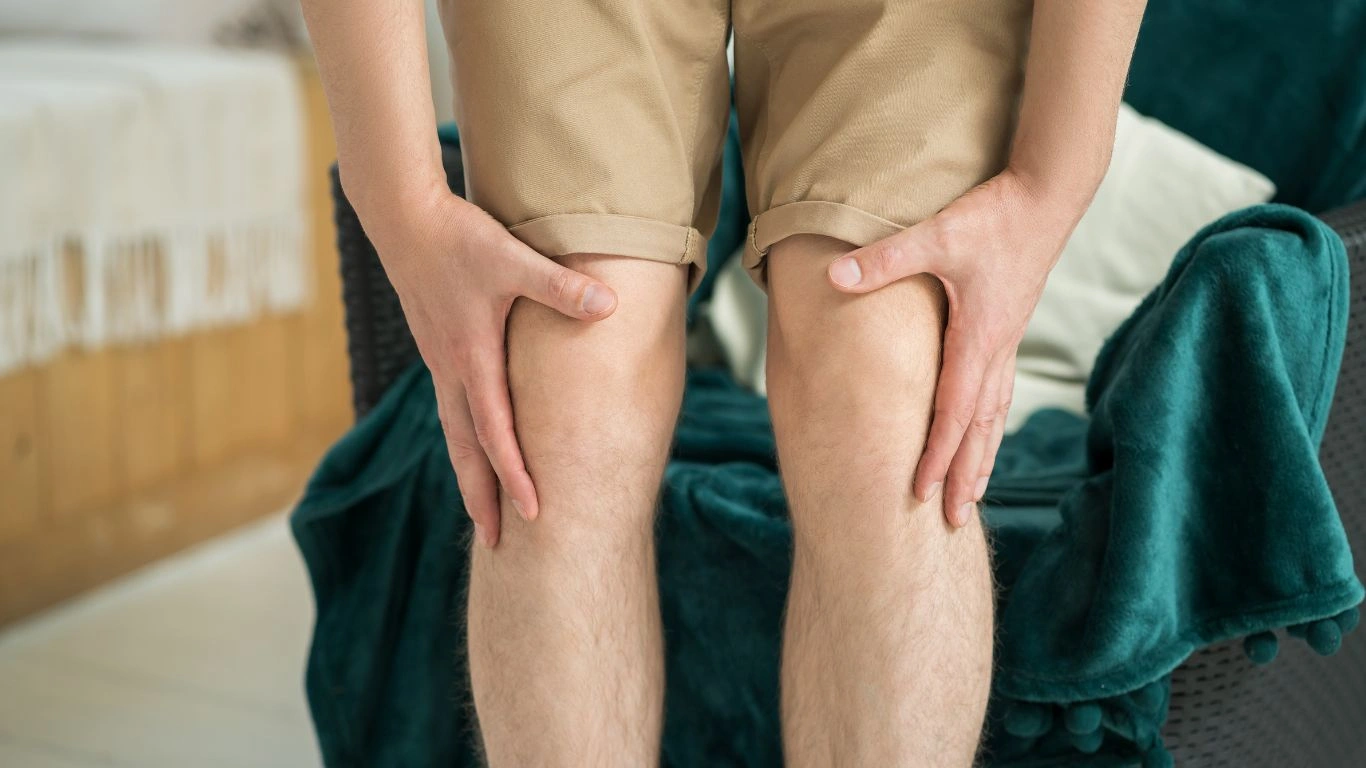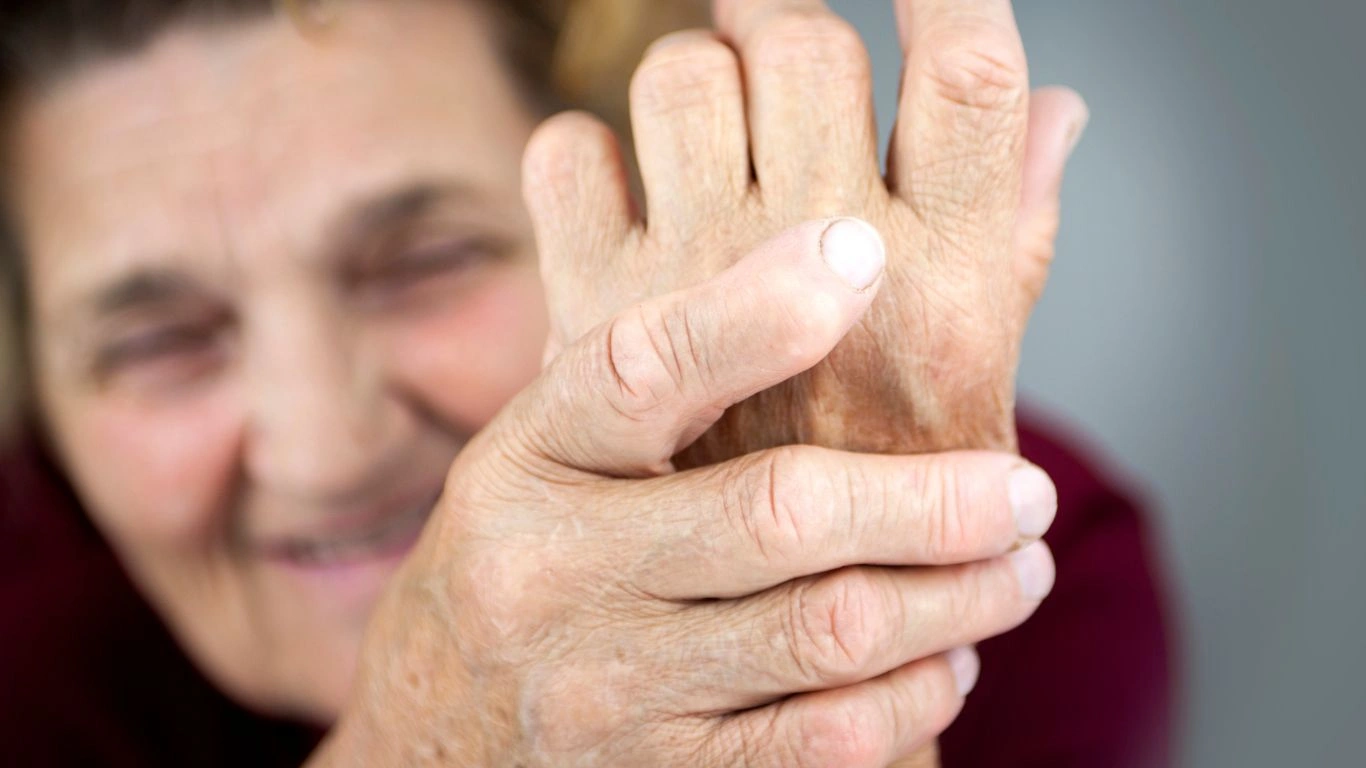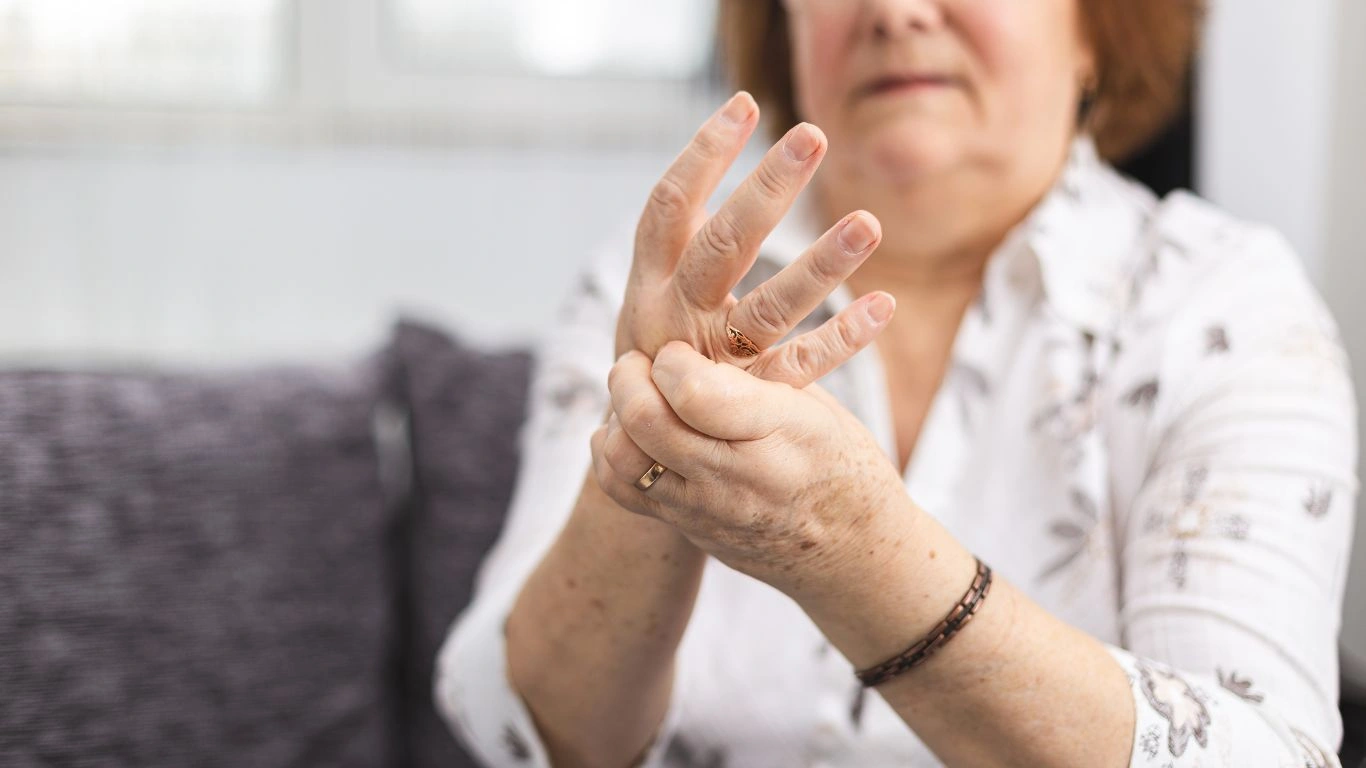Ultimate Rheumatoid Arthritis Lifestyle Tips to Beat Inflammation Fast
Living with rheumatoid arthritis (RA) can feel like a full-time job. Trust me—I’ve walked alongside so many patients in the trenches as a rheumatology nurse practitioner, and I get it. The pain, the fatigue, the emotional toll—it all adds up. But here’s the thing: lifestyle really does make a difference. That’s why I’ve put together the Ultimate Rheumatoid Arthritis Lifestyle Tips to Beat Inflammation Fast. This isn’t just another checklist of dos and don’ts—it’s a real-world guide, packed with practical changes that can help dial down the inflammation and help you get your life back.
What Exactly is Rheumatoid Arthritis and Why Lifestyle Matters

RA is more than just joint pain. It’s an autoimmune condition where your immune system mistakenly attacks your joints, leading to chronic inflammation. Over time, this can cause joint damage, deformity, and impact other organs, too. While medications like DMARDs and biologics are key players in managing RA, what you do every day—the food you eat, how you move, how you rest—can either turn up the inflammatory dial or turn it down.
From my years of clinical experience, I’ve seen firsthand how even small changes can lead to big wins for my patients. I’m talking fewer flare-ups, better mobility, less stiffness in the morning, and even happier moods. It’s all connected. Let’s dig into it.
Anti-Inflammatory Eating: Fuel That Fights Back

Why Diet Isn’t Just About Weight
We often focus so much on diet for weight loss that we forget food is medicine. With RA, the goal is calming inflammation. Certain foods can either fuel the fire or help smother it. I’ve worked with patients who felt dramatically better after a few weeks of shifting their diets. Their joints hurt less, they had more energy, and even their labs improved.
Top Inflammatory Triggers to Avoid
- Refined sugars: Soda, pastries, candy bars—they all spike inflammation.
- Processed foods: Think deli meats, microwave meals, and anything with a long ingredient list.
- Trans fats: Check those labels. Anything with “partially hydrogenated oils” is a red flag.
- Excess alcohol: An occasional glass is fine, but chronic use is hard on joints and the liver.
Anti-Inflammatory Foods to Embrace
- Fatty fish: Salmon, sardines, and mackerel are rich in omega-3s, which help reduce joint stiffness.
- Leafy greens: Kale, spinach, and Swiss chard are antioxidant powerhouses.
- Olive oil: A staple in the Mediterranean diet—and for good reason.
- Berries: Packed with anthocyanins that help block inflammatory pathways.
- Turmeric and ginger: These spices aren’t just tasty—they’re potent anti-inflammatories.
Real Talk: What I Tell My Patients
When someone’s newly diagnosed with RA, I always say, “Let’s get your meds right—but also, let’s get your fridge right.” You don’t have to go gluten-free overnight or swear off everything you love. Start small. Swap soda for sparkling water. Add a handful of blueberries to your breakfast. Drizzle olive oil on your veggies. Little shifts lead to lasting change.
Move It or Lose It: The Role of Movement in Joint Health

Why Resting Too Much Backfires
When your joints hurt, it’s tempting to curl up and avoid all movement. But too much rest stiffens your joints even more. I’ve seen patients improve their range of motion and pain levels just by committing to 10 minutes a day of gentle movement. That’s it—10 minutes! Consistency beats intensity, every time.
Joint-Friendly Activities to Try
- Walking: Start slow. Even 5-10 minutes around the block counts.
- Swimming or water aerobics: The buoyancy of water supports your joints.
- Yoga or tai chi: These are great for flexibility and calming the nervous system.
- Resistance bands: Low-impact strength training helps support joints without strain.
Tip from the Clinic
I often tell patients, “Motion is lotion.” The more you move, the more synovial fluid gets pumped into your joints, keeping them nourished and smooth. Just be smart—listen to your body, avoid high-impact workouts during flares, and don’t forget to stretch afterward.
Stress and Rheumatoid Arthritis: The Sneaky Link You Can’t Ignore

If there’s one thing I wish more people understood about RA, it’s how much stress can sabotage your progress. I can’t tell you how many of my patients hit a plateau—or worse, a flare—right after a stressful event. Whether it’s a rough week at work, family drama, or just general burnout, stress fires up inflammation like throwing gasoline on a campfire.
RA isn’t just about treating your joints—it’s also about calming your entire system. That’s where managing stress becomes a non-negotiable piece of the puzzle. And no, this doesn’t mean you need to book a weeklong retreat or become a meditation guru overnight. You just need real, doable tools that fit your life.
Simple Stress-Busting Strategies That Actually Work
- Breathing exercises: I like the 4-7-8 technique. Inhale for 4 seconds, hold for 7, exhale for 8. It signals your nervous system to chill.
- Journaling: Dumping your thoughts on paper can help reduce anxiety and give perspective.
- Walking in nature: A 15-minute stroll through greenery can seriously dial back cortisol levels.
- Therapy or counseling: Talking it out with someone who gets it can be game-changing. Many of my RA patients benefit from cognitive behavioral therapy (CBT).
And let me be real: Sometimes managing stress is about boundaries. Say no to things that drain you. Prioritize rest without guilt. One patient told me she felt selfish turning down social invites—but after doing so, she had fewer flares and more energy to do the things that actually mattered to her. That’s not selfish. That’s smart.
Sleep: Your Underrated Superpower Against Inflammation

Can we talk about sleep for a second? Because honestly, not enough of us are getting quality rest, and it’s hurting our joints more than we realize. I’ve seen so many RA patients brush off poor sleep like it’s just a minor annoyance, but sleep is when your body does its deepest healing work.
Why RA and Poor Sleep Often Go Hand-in-Hand
Inflammation can make it hard to fall or stay asleep. Pain wakes you up. Stiffness keeps you from finding a comfy position. And let’s not forget the mental chatter: “What if this flare doesn’t go away?” “How long will I be like this?” It’s a vicious cycle.
Tips to Upgrade Your Sleep Hygiene
- Stick to a routine: Go to bed and wake up at the same time—even on weekends.
- Limit screens before bed: Blue light can mess with your melatonin. Try reading or listening to calming music instead.
- Cool down your room: The ideal sleep temperature is between 60-67°F (yes, it really helps!).
- Supportive bedding: Invest in a mattress topper or pillow that cushions your joints. You deserve it.
One of my longtime patients started using a weighted blanket and swapped her phone time for audiobooks at night. Her sleep improved dramatically—along with her mood and morning stiffness. Sometimes it really is about tweaking the basics.
Supplements and Natural Helpers: What Might Help (and What’s Hype)

Let’s clear the air: supplements can be helpful, but they’re not miracle cures. That said, I’ve seen some work wonders when used alongside medical treatment. Just make sure to run anything by your rheumatologist or pharmacist first—especially if you’re on immunosuppressants or blood thinners.
Supplements My Patients Often Benefit From
- Omega-3 fatty acids (from fish oil): Great for reducing joint tenderness and morning stiffness. Go for high-quality, third-party tested brands.
- Vitamin D: Low levels are common in people with RA and may worsen disease activity. A simple blood test can guide dosing.
- Turmeric (curcumin): Anti-inflammatory and antioxidant properties. Best absorbed when paired with black pepper.
- Magnesium: Helps with muscle relaxation, sleep, and even mood support.
What I always remind folks is this: more isn’t always better. I’ve had patients walk into clinic with a bag full of supplements—and most weren’t doing anything (some even made things worse!). Focus on a few targeted ones that have evidence behind them, and skip the snake oil stuff. Quality over quantity, always.
Natural Remedies I Often Recommend
- Epsom salt baths: Great for sore joints and a calming bedtime ritual.
- Arnica gel: Can be soothing when applied to swollen or painful joints.
- Heat and cold therapy: Use heating pads for stiffness and ice packs for swelling—alternate as needed.
Don’t underestimate the power of consistency. None of these work overnight. But with regular use and patience, they can absolutely make your daily life more manageable.
Creating a Rheumatoid Arthritis-Friendly Home Environment

Let’s talk about your environment for a second. Your home—the place where you should feel most at ease—can either support your healing or add to your daily struggle. I’ve seen some of my patients light up after making small changes to their homes. We’re not talking full-blown renovations here—just smart adjustments that reduce joint strain and make daily tasks more manageable.
Simple Tweaks to Make Your Home RA-Friendly
- Ergonomic tools: Invest in arthritis-friendly kitchen tools, jar openers, and cushioned handles. These make everyday chores feel less like a workout.
- Lever-style door handles: These are easier to open than round knobs when your fingers are sore or swollen.
- Shower safety: Install grab bars and use a shower chair if balance or fatigue is an issue.
- Elevated seating: Chairs and toilets with added height reduce the strain on your knees and hips when sitting or standing.
One of my longtime patients thanked me after swapping out her old kitchen knives for ergonomic ones. She could prep meals again without dreading the hand pain. Sometimes, it’s the tiniest changes that bring the biggest relief.
Building Your Rheumatoid Arthritis Support Circle

Living with RA can feel isolating. You might look fine on the outside, while inside, your joints are throbbing and your energy tank is empty. Having a strong support system can be a huge game-changer. Whether it’s family, friends, or others living with RA, connection matters.
Ways to Strengthen Your Support Network
- Educate loved ones: Most people don’t understand RA unless they’ve lived it. Sharing articles, videos, or just talking openly can help.
- Join online or in-person support groups: Chatting with others who “get it” can be validating and uplifting.
- Check in regularly with your care team: Don’t wait until things get bad. Staying in touch with your rheumatologist or nurse practitioner (yep, folks like me!) can help catch issues early.
- Lean on mental health professionals: RA isn’t just physical—it’s emotional too. Therapy can help you process everything this disease throws your way.
One of my patients told me the best thing she ever did was join a Facebook group for young women with RA. She made friends, learned new tips, and stopped feeling like she was the only one going through it. That kind of emotional support? Absolutely priceless.
Putting It All Together: Your Anti-Inflammatory Lifestyle Blueprint
Let’s recap, because I know we’ve covered a lot of ground. Managing RA isn’t just about prescriptions and lab tests. It’s about how you live, how you eat, how you rest, how you cope, and how you move through your day. When you piece together all the elements—from anti-inflammatory nutrition and joint-friendly movement to stress reduction and quality sleep—you’re setting yourself up for less pain, fewer flares, and more control.
Here’s a quick checklist to keep in your back pocket:
- Prioritize whole, anti-inflammatory foods (think fatty fish, greens, berries)
- Move gently every day, even if it’s just a 10-minute walk
- Keep stress in check with deep breathing, journaling, or therapy
- Protect your sleep—make it a non-negotiable
- Consider supplements carefully and with guidance
- Create a supportive home and lean into your community
None of this has to be perfect. I always tell my patients: progress over perfection. If you slip up, that’s okay. Just get back on track when you can. Living well with RA is about stacking small wins—and you’ve already taken a big step by learning what works.
References
- https://www.arthritis.org
- https://www.niams.nih.gov
- https://www.rheumatology.org
- https://www.gastro.org
Disclaimer
This article is for informational purposes only and based on my professional experience as a Rheumatology Nurse Practitioner. It should not be used as a substitute for medical advice, diagnosis, or treatment. Always consult your healthcare provider before making any changes to your lifestyle or medication regimen.

Tarra Nugroho is a dedicated Nurse Practitioner with a strong foundation in family and preventive care. She brings both compassion and clinical expertise to her practice, focusing on patient-centered care and health education. As a contributor to Healthusias.com, Tarra translates medical knowledge into clear, empowering articles on topics like women’s health, chronic disease management, and lifestyle medicine. Her mission is simple: help people feel seen, heard, and informed—both in the clinic and through the content she creates. When she’s not caring for patients, Tarra enjoys weekend hikes, plant-based cooking, and curling up with a good health podcast.






